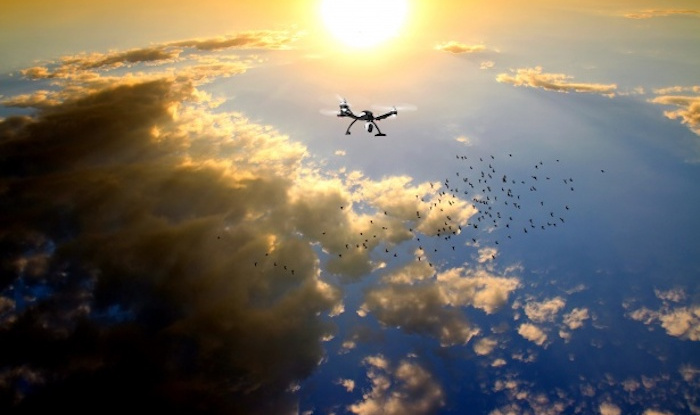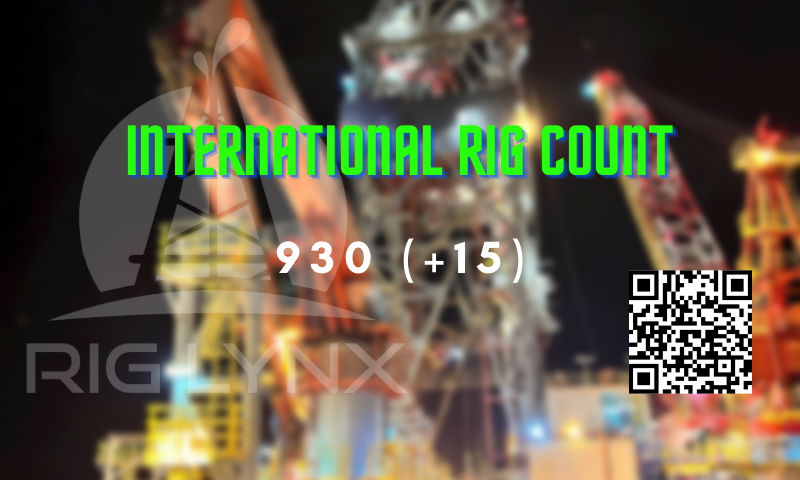
The American Petroleum Institute (API) announced the publication of a new guide for using unmanned aerial systems (UAS), or drones, in oil and gas operations as part of its effort to further promote worker and operational safety.
“Safety is always our industry’s top priority, and this guide ensures owners, operators, and service providers that are considering entering the industry all introduce drones into operations in a thoughtful way,†Suzanne Lemieux, a manager in API’s midstream and industry operations group, said in a statement.
The API Guide to Developing an Unmanned Aircraft Systems Program outlines the use of management systems for drone programs to help manage the safety of complex processes that may require coordination to respond to dynamic circumstances or actions. API suggested that companies consider producing a flight risk assessment tool to differentiate between low- and high-risk flights, establish appropriate approval processes, and implement risk mitigation strategies.
Utilizing drones may limit on-site exposure to a company’s personnel, reduce operational costs, and improve response times, but the API standard poses several questions companies should consider before using them, such as whether the operating conditions are appropriate for drone use and whether company policies support it. API recommended that any development of a drone program should be done in close consultation with its general counsel to ensure that new activities align with existing policies. Each of the three main types of drone programs—internally developed, externally developed, and hybrid—offers a varying return on investment for operators, so operators need to determine which method provides the best value for their unique applications.
Drone programs should also consider the volume of data collected through a drone operation, as well as cyber vulnerabilities that can impact operational effectiveness and the integrity of the data collected. Among of the cyber threats the guide examined were the orphaning of a system through signal interruptions, the exfiltration of data and intellectual property, and taking remote control of a drone.
“The industry works to continuously integrate the latest technology, including the use of drones, to enhance safety and increase efficiencies in operations. However, before adopting their use, operators need to consider data protection, standard operating procedures, contingency planning, and risk management,†Lemieux said.
Source: SPE
Check out our other current stories!
- 30 companies awarded acreage offshore UK
- DOJ serves up a subpoena to Citgo
- Bassoe – Floater Report
Rig Lynx was launched December 2017, our oil and gas news was viewed over 373,000 times in 2018 and our social networking application generated over 268,000 clicks in 2018. Our current foothold has rivaled the largest in the industry and we are just getting started.
For a complimentary copy of our 2018 Reach Report please send us an email at info@riglynx.com and we will be happy to show you our progress!



